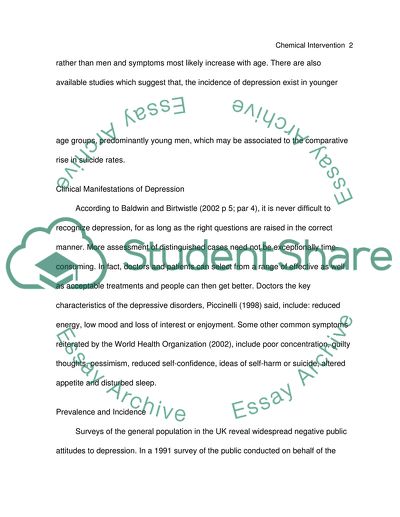Cite this document
(The Most Effective Treatments for Depression Literature review, n.d.)
The Most Effective Treatments for Depression Literature review. Retrieved from https://studentshare.org/health-sciences-medicine/1722122-cognitive-behavioural-therapy
The Most Effective Treatments for Depression Literature review. Retrieved from https://studentshare.org/health-sciences-medicine/1722122-cognitive-behavioural-therapy
(The Most Effective Treatments for Depression Literature Review)
The Most Effective Treatments for Depression Literature Review. https://studentshare.org/health-sciences-medicine/1722122-cognitive-behavioural-therapy.
The Most Effective Treatments for Depression Literature Review. https://studentshare.org/health-sciences-medicine/1722122-cognitive-behavioural-therapy.
“The Most Effective Treatments for Depression Literature Review”, n.d. https://studentshare.org/health-sciences-medicine/1722122-cognitive-behavioural-therapy.


